The 100 Best Kitchen Tools: Essential Gear for Every Culinary Enthusiast
Welcome to “The 100 Best Kitchen Tools: Essential Gear for Every Culinary Enthusiast. ” In case you’re an experienced chef, or an amateur cook at home, acquiring the best tools can drastically alter the way you cook. The book is going to take you through the plethora of kitchen tools that are available to help you learn about their uses, benefits and the ways in which they can help improve your cooking.
The Foundation of Culinary Precision
Within the jam-packed atmosphere of the kitchen efficiency and precision are essential. A well-equipped kitchen does not only improve the quality of your food preparation but also lets you explore with confidence. The equipment you choose can make the difference between an average meal or an exceptional one. From the quality of your knife to the accuracy of your measuring cup, every element is vital.
The book was intended to cover all aspects of kitchen appliances, starting from the basic tools to the most advanced tools. Each chapter is focused on a specific kind of device and offers details about their purpose along with guidelines on how to use the tools, as well as tips for selecting the most efficient choices. Learn that it is essential to use top-quality materials, ergonomic designs, and modern features that make it easier to complete the cooking process.
It begins with cutting and cutting tools. They form the backbone of every kitchen. A properly-made knife will significantly improve the quality of cooking process, making the process more efficient and safe. We’ll examine different kinds such as cutting tools, knives and sharpeners to help choose the best one for your needs.
For More Interesting and Informative Articles Check out: smartoolbuddy
The next step is to move onto mixing or blending equipment. If you’re whisking eggs mixing smoothies, and mixing your batter with the proper equipment will guarantee perfect consistency each time. We’ll explore the differences between manual and electronic equipment and the benefits they provide and the best methods to keep their efficiency for a long time.
Baking tools are explained in detail, covering the entire range of rolling pins to baking sheets to cakes decoration kits and a pastry brushes. Baking is an art and science, and the right tools can assist in creating professional-looking products from your home. We’ll offer suggestions on how to select the best manufacturers and tools to ensure your baked goods are well-known.
Mastering Essential Cooking Gear: From Pans to Spatulas
Cooking equipment is comprised of everything from cookware and pans as well as spatulas and ladles. Each tool is essential to cooking. Understanding their purpose will help you be more efficient and inventive when you sit down to eat. We’ll examine various materials, including stainless steel, non-stick coatings and more and also how to keep them maintained in a manner that’s suitable for the health of yours.
The tools for measurement are vital to ensure accuracy in baking and cooking. We’ll help you learn about the various kinds of measuring cups, spoons and scales, as well as the importance of precision when making sure you get accurate result. We’ll also give suggestions on how you can make measurements more precise and arrange your equipment effectively.
Specialty equipment creates distinct design to your kitchen. They range from zesters and pressers for garlic, as well as mandolines, pasta maker and more. Although not all of them are necessary but they will help you improve your cooking capabilities and make difficult tasks more manageable and more enjoyable.
The storage and organization are essential to an organized kitchen. We’ll give you ways to arrange your kitchen tools, including drawer dividers, pegboards to magnet strips, as and containers. A well-organized kitchen can help you save time and reduce anxiety, which allows you to focus on the enjoyment of cooking.
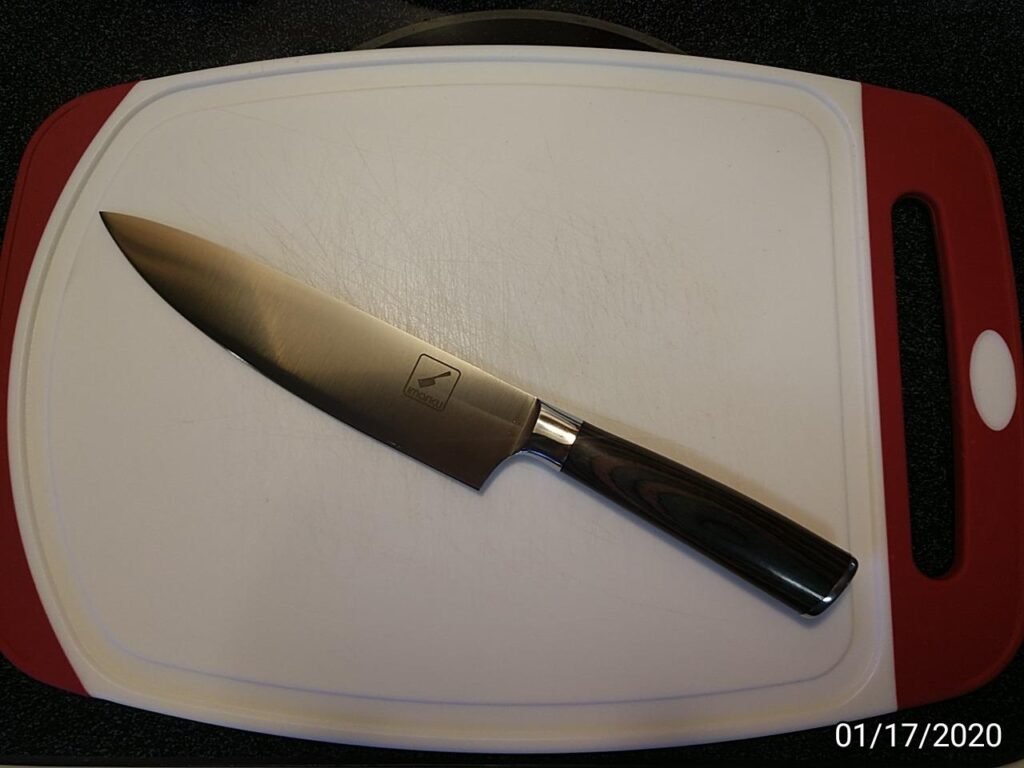
Safety Practices: Preventing Kitchen Accidents
In the final analysis, security and maintenance is vital to keep your equipment and yourself in great shape. We’ll talk about the best methods to clean and polish your tools in order to ensure that they last for a long time. Safety tips will help you avoid the most common kitchen catastrophes and ensure that you use your tools in a safe manner.
Chapter 1: Cutting and Chopping Tools – The Essentials of Precision
Introduction
Chopping and cutting tools are essential to every kitchen. From cutting vegetables to chopping meat they are indispensable to prepare meals safely and effectively. This article will discuss the different cutting and chopping tools that every kitchen should have, the features they offer and how to use efficiently.
Types of Cutting and Chopping Tools
Chef’s Knife
Description: A versatile knife with a large blade ideal for cutting, chopping and cutting.
The main features are: High-quality steel, ergonomic handle, and the right weight.
Paring Knife
Description An extremely small-sized knife perfect for peeling and complicated cutting tasks.
Highlights: Sharp, narrow blade with an easy grip.
Serrated Bread Knife
Description: A long knife with a serrated edge ideal for cutting bread without breaking it.
The key features are: Serrated blade and a sturdy, long handle.
Santoku Knife
Description: A Japanese knife perfect for cutting, slicing and mincing.
Principal Features: Hollow-edge blade to stop sticking, as well as an equilibrating design.
Boning Knife
Description: A narrow knife that is used to remove bones from fish and meat.
The main features of HTML0 are: Flexible blade and sharp point.
Cleaver
Description An extremely sharp knife that is used to cut through bone and other tough materials.
The main features of HTML0 are: Heavy blade and an extremely solid handle.
Kitchen Shears
Description The scissor is designed to be used for different kitchen tasks such as cutting up poultry and cutting herbs.
The most important features are: Sharp blades and comfy handles.
Mandoline Slicer
Description: A tool for cutting fruits and vegetables with variable thickness setting.
The most important features are: Adjustable blade and an armguard to ensure security.
Using Cutting and Chopping Tools Effectively
- Proper Method: Use the right knife to complete the task and keep a constant cutting motion.
- Keep your blades sharp: Regularly sharpen knives to ensure smooth cuts and to avoid accidents.
- Make use of a cutting Board: Protect your countertops and ensure your knives are sharp with a high-quality cutting board.
Safety Tips
- Use a sharp Knife: A dull knife will require greater force and is likely to slide.
- Hold Food Consistently: Use a claw grip to hold food while making sure your fingers are tucked into.
- Keep knives safe: Use a knife block or magnetic strip to store knives securely and avoid injuries.
Chapter 2: Mixing and Blending Tools
Introduction
Blending and mixing tools are vital for mixing ingredients easily and effectively. When you bake cakes or making a smoothie these tools will help you achieve the ideal quality and consistency. This chapter will cover the different mixing and blending equipment along with their capabilities, as well as techniques for efficient use.

Types of Mixing and Blending Tools
Stand Mixer
Description: A powerful mixer that comes with many attachments for various tasks.
Important Features Many speed options and a large mixing bowl and various attachments such as whisks and dough hooks.
Hand Mixer
Description: A portable mixer for mixing jobs that require quick attention.
Principal Features: Lightweight, multiple speed settings and beaters that can be detachable.
Blender
Description: A versatile appliance to blend soups, smoothies and sauces.
The key features are: Powerful motor, different speed settings, as well as sturdy blades.
Immersion Blender
Description: A handheld blender that blends directly in bowls and pots.
The most important features are: Lightweight, variable speed settings, and simple to clean.
Food Processor
description: An appliance for cutting, slicing and making purees of ingredients.
The main features are: Various attachments, huge capacity, and a strong motor.
Whisk
Description: A tool for mixing and beating ingredients with a hand.
The key features are: Balloon-shaped for incorporating air, as well as an ergonomic handle.
Spatula
Description: A flexible tool for mixing, folding and scraping the ingredients.
The key features are: Heat-resistant, flexible blade and a comfortable grip.
Mixing Bowls
Description bowls with various sizes to mix ingredients.
The main features are: non-slip base, robust material and stackable for storage.
Using Mixing and Blending Tools Effectively
- Select the appropriate tool: Use the appropriate tool to get the best results.
- Follow recipes: Adhere to recipe directions for mixing and blending times and speed.
- Clean Tools Correctly: Ensure all parts are dry and clean prior to placing them in storage to ensure hygiene and functional.
Safety Tips
- Avoid overfilling: Do not overfill appliances and bowls in order to avoid spills and spills.
- Utilize the correct speed: Start with a slow speed, then gradually increase to prevent splashing of ingredients.
- Be Careful with Blades: Be cautious when handling sharp blades or attachments.
Chapter 3: Baking Tools
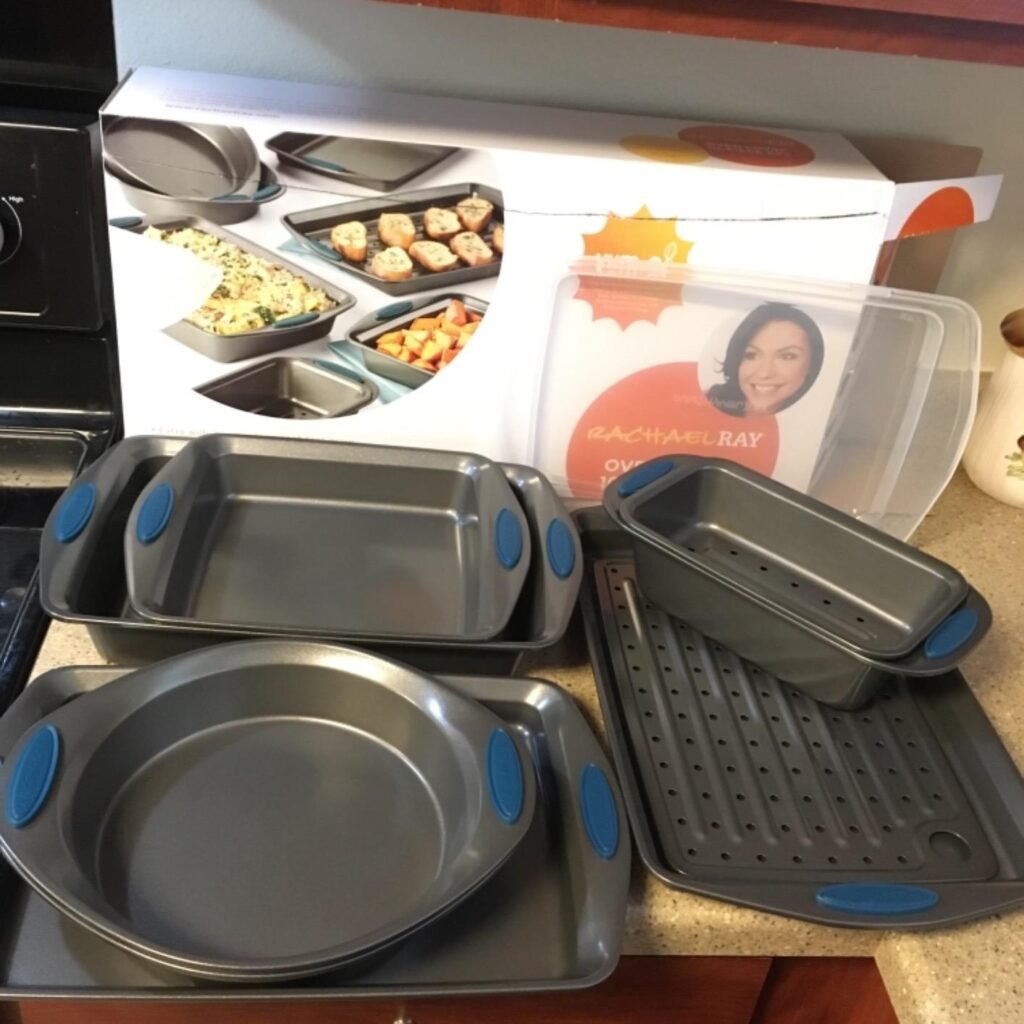
Introduction
Baking equipment is essential to making delicious baked goods that are made with accuracy and consistency. When it comes to measuring your ingredients and baking the perfect cake these tools can help you achieve professional outcomes at home. This chapter will explore the different baking tools, their functions and how to use the tools effectively.
Types of Baking Tools
- Measuring Cups and Spoons
- Description Instruments for precisely taking measurements of ingredients.
- The main features are: Clearly marked measurements robust material that is easily cleaned.
- Mixing Bowls
- Description Bowls with various sizes to mix ingredients.
- The main features are: non-slip base, robust material and stackable for storage.
- Rolling Pin
- Description: A tool for rolling dough out evenly.
- The most important features are: Smooth surface, ergonomic handles, and a variety of sizes are available.
- Baking Sheets
- Description: Flat trays for baking pastries, cookies and much more.
- Principal Features: Non-stick surface, tough material, and easy to clean.
- Cake Pans
- Description Pans with various forms and dimensions to bake cakes.
- The main features are: Non-stick surface, uniform heat distribution, and simple release.
- Cooling Rack
- Description An oven rack that cools baked items equally.
- Principal Features: Sturdy construction, non-stick surface and the ability to stack.
- Pastry Brush
- Description: A brush for applying glazes, egg washes and much more.
- Principal Features: Soft bristles, an ergonomic handle, and simple to clean.
- Pastry Cutter
- Description: A tool for cutting dough into different shapes.
- The main features are: Sharp edges, ergonomic handles, and a variety of forms available.
Using Baking Tools Effectively
- Measure with accuracy: Use measuring cups and spoons to get exact measurements of ingredients.
- Prepare the Pans Correctly: Grease and line baking pans as necessary to allow for easy release.
- Bake according to Baking Times: Adhere to recipe instructions regarding baking times and temperatures.
Safety Tips
- Take care when handling hot pans: Use oven mitts to protect oven sheets that are hot and cookware.
- Avoid overmixing: Mix ingredients just until they’re combined to avoid the formation of the baking from becoming too dense.
- Cool baked goods Correctly: Allow baked goods to cool on a rack in order to avoid sogginess.
Chapter 4: Cooking and Serving Tools
Introduction
Serving and cooking tools are crucial for cooking and serving meals effectively and in a stylish manner. From mixing sauces for serving your salads to mixing sauces to ensure that your dishes are perfect in their preparation and presentation. This chapter will look at various tools for cooking and serving along with their capabilities, as well as suggestions for their efficient use.
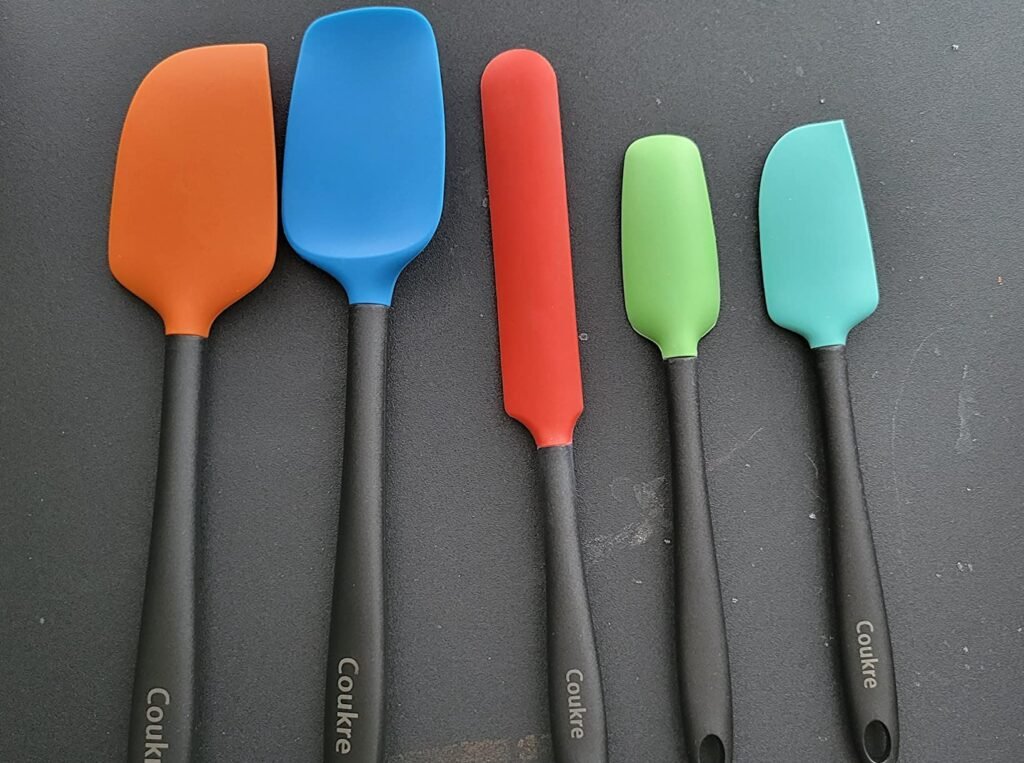
Types of Cooking and Serving Tools
- Wooden Spoon
- Description An incredibly versatile device to mix and stir ingredients.
- Principal Features: Heat-resistant, durable and easy on cookware.
- Tongs
- Description: A tool for turning and gripping food items.
- The most important features are: Heat-resistant, non-slip grip with locking mechanism.
- Ladle
- Description: A tool for serving stews, soups and sauces.
- The key features are: long handle, deep bowl and the ability to resist heat.
- Slotted Spoon
- Description: A spoon for taking out liquids and serving.
- Principal Features: Slotted design, robust material, and a an ergonomic handle.
- Spatula
- description: A tool for flipping and turning food items.
- Principal Features: Heat-resistant, flexible blade, and a comfortable grip.
- Whisk
- Description: A tool for beating and whisking ingredients.
- The key features are: Balloon-shaped for incorporating air, as well as an easy-to-handle.
- Peeler
- Description: A tool for peeling fruits and vegetables.
- Principal Features: Sharp blade, an ergonomic grip, and is easy to clean.
- Can Opener
- Description: A tool for opening cans in a safe and efficient manner.
- Principal Features: Sharp blade, comfy handles, and simple to use.
Using Cooking and Serving Tools Effectively
- Make use of the appropriate tool: Select the appropriate tool for every cooking and serving process.
- Keep Clean: Keep tools clean and dry to maintain long-term health and hygiene.
- Store Correctly: Organize tools for ease of access and to avoid the possibility of damage.
Safety Tips
- Beware of Cross-Contamination: Use separate tools for cooked and raw foods.
- Use hot food safely: Use heat-resistant tools and oven mitts for preventing burns.
- Keep knives safe: Use knife blocks or magnetic strips to store knives safely.
Chapter 5: Specialty Tools
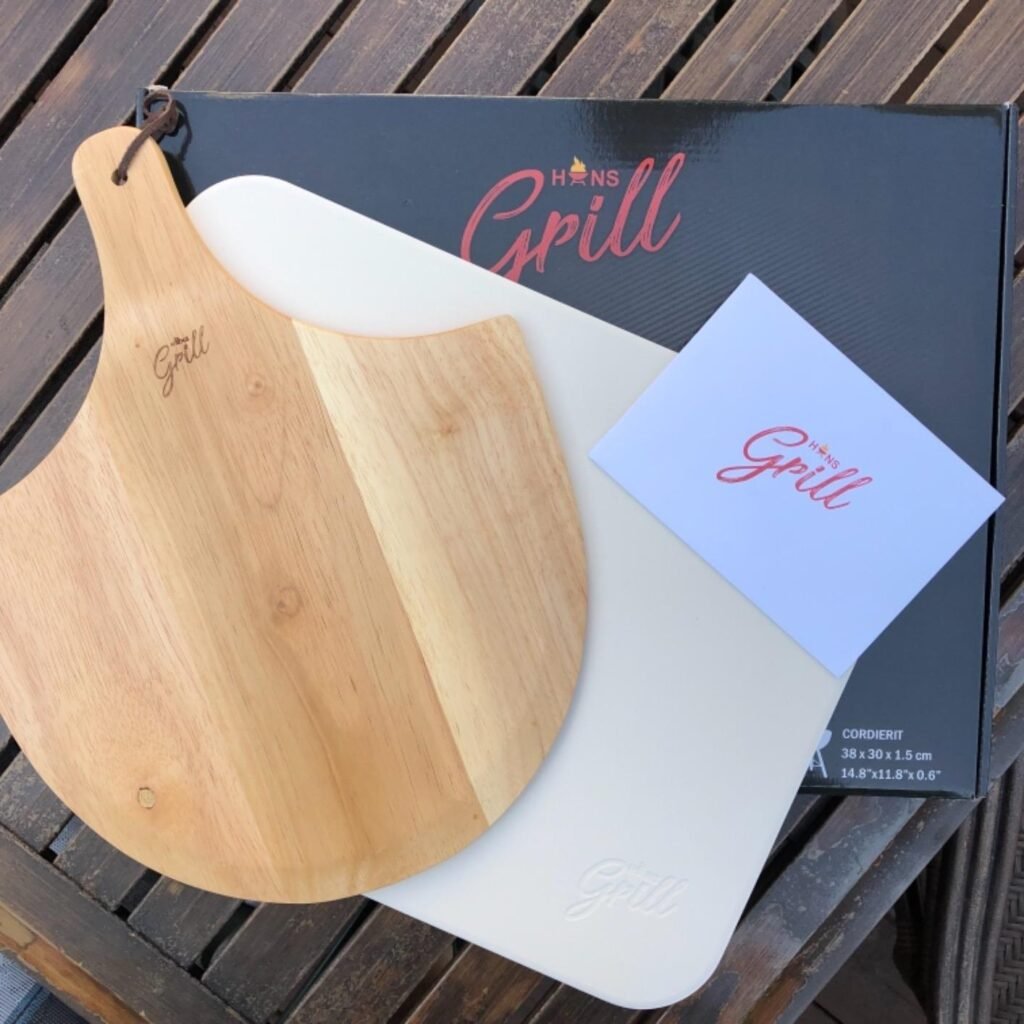
Introduction
Specialty equipment is designed to perform specific cooking tasks, which makes them necessary for specific recipes and techniques. For everything from zesting fruits of citrus to cooking pasta these tools can enhance your cooking skills and enable you to cook with more creativeness. This section covers a variety of special tools, their capabilities and how to use these tools effectively.
Types of Specialty Tools
- Microplane Zester
- Description: A tool for zesting citrus fruits and grating hard cheeses.
- The key features are: Sharp, fine blades, a comfortable grip, easily cleaned.
- Pasta Maker
- Description: A machine for making fresh pasta.
- The most important features are: Adjustable rollers, different cutting tools, and solid construction.
- Mortar and Pestle
- Description: A tool for mixing and grinding spices as well as herbs.
- Principal Features: Heavy, sturdy material that is easy to use.
- Mandoline Slicer
- Description: A tool for cutting fruits and vegetables with variable thickness setting.
- The most important features are: Adjustable blade and handguards for security.
- Food Mill
- Description An instrument for making food puree and straining.
- The key features are: Multiple disc options with sturdy construction and simple to use.
- Sifter
- Description: A tool for making sifting of powdered sugar and flour.
- Principal Features: Fine mesh, ergonomic handle, and simple to clean.
- Kitchen Torch
- Description An instrument for caramelizing sugar and browning food items.
- Key Features Flexible flames, security lock, and simple to refill.
- Pizza Stone
- Description: A stone for baking pizzas and bread.
- The main features of HTML0 are: Heat-retaining, even heat distribution, and simple to clean.
Using Specialty Tools Effectively
- Follow the instructions: Use tools according to the instructions of the manufacturer for the optimal results.
- Maintain your tools correctly: Keep tools clean and properly stored to ensure their longevity.
- Explore and learn: Practice using specialty tools to increase your proficiency and broaden your culinary options.
Safety Tips
- Use sharp tools with care: Use handguards and protection gear if needed.
- Avoid burning: Use heat-resistant gloves and handles while working with hot tools.
- Clean thoroughly: Ensure all parts are cleaned thoroughly to prevent contamination.
Chapter 6: Storage and Organization Tools
Introduction
A well-organized and organized storage space is important to keep a functional and clean kitchen. From organizing ingredients to storing kitchen utensils, having the right tools can make a huge improvement in the kitchen’s functionality. This chapter will explore different tools for organizing and storage along with their benefits, as well as strategies for making them work.
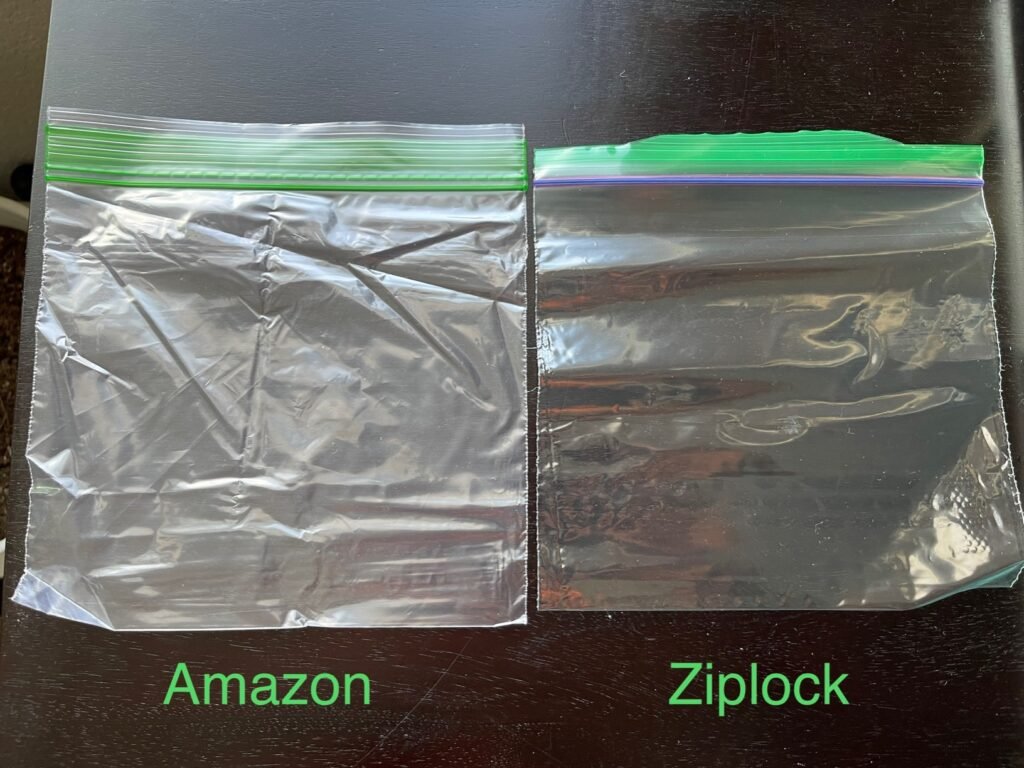
Types of Storage and Organization Tools
- Food Storage Containers
- Description containers for storage of leftovers as well as other ingredients.
- Principal Features: Airtight seals, stackable design, and different sizes.
- Spice Rack
- Description: A rack for storage and organization of spices.
- The main features are: Rotating design, containers with labels, and easy access.
- Drawer Organizers
- Description inserts to organize tools and utensils in drawers.
- The main features of HTML0 are: Adjustable dividers, tough material, and simple to clean.
- Pantry Bins
- Description Containers that can be used to store pantry things.
- The most important features are: Clear design, stackable, and simple to use.
- Knife Block
- Description: A block for securely storing knives.
- Principal Features: Durable construction, different slots, and secure storage.
- Pot Rack
- Description: A rack for hanging pans and pots.
- The key features are: Sturdy construction, adjustable hooks and a space-saving design.
- Label Maker
- description: The device used for making labels to help organize.
- Principal Features: Easy to use labels, a variety of options for labeling, as well as clear print.
- Reusable Storage Bags
- Description Bags that are eco-friendly for storage of food items.
- Principal Features: Airtight seals, tough material, and simple to clean.
Using Storage and Organization Tools Effectively
- Label everything: Clearly label containers and bins to make it easy to identify them.
- Optimize Space Utilize organizers and containers that stack to increase space for storage.
- Keep it clean: Regularly clean and clear storage spaces to ensure the order of things.
Safety Tips
- Storage of food properly: Use airtight containers to preserve food and to prevent contamination.
- Securely Organize: Store heavy items on lower shelves to avoid accidents.
- Maintain Hygiene Clean up storage areas and dry to stop the growth of the growth of mold and other pests.
Chapter 7: Cleaning Tools
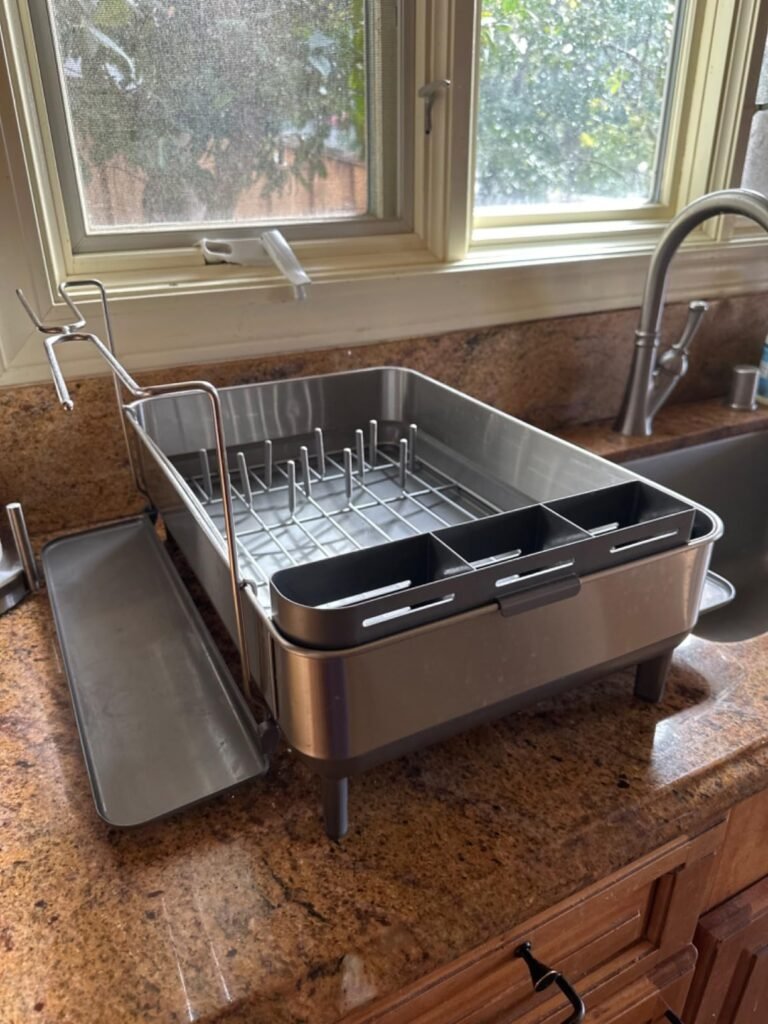
Introduction
Cleaning equipment is essential to maintaining a clean and neat kitchen. From dishwashing to cleaning the countertops These tools can will keep your kitchen clean and secure. This chapter will cover a variety of cleaning tools, their functions and techniques for using the tools effectively.
Types of Cleaning Tools
- Dish Soap and Sponges
- Description The essentials to wash dishes.
- The main features of HTML0 are: Effective cleaning formula as well as durable sponges, non-abrasive alternatives.
- Dish Rack
- Description: A rack for drying dishes.
- Principal Features: Sturdy construction, plenty of space and is easily cleaned.
- Scrub Brushes
- Description brushes for cleaning pots, pans and other surfaces.
- The most important features are: Durable bristles, ergonomic handle, and a variety of sizes.
- Microfiber Cloths
- Description Wipe cloths to polish and clean surfaces.
- The key features are: Soft, absorbent and recyclable.
- Baking Soda and Vinegar
- Description natural cleaning substances to perform various tasks.
- The most important features are: Non-toxic, effective and adaptable.
- Trash Bags
- Description bags for kitchen waste.
- Principal Features: Durable, leak-proof and easy to tie.
- Mop and Bucket
- Description Equipment for cleaning floors.
- The key features are: Sturdy construction, efficient cleaning, and simple to use.
- Gloves
- Description Gloves for protection during cleaning jobs.
- Principal Features: Durable material, snug fit, and chemically resistant.
Using Cleaning Tools Effectively
- Clean regularly: Maintain a regular routine of cleaning to keep the kitchen clean.
- Make Use of the Correct Products: Choose appropriate cleaning products for each job.
- Storage Properly Maintain cleaning equipment easily accessible and organized for quick use.
Safety Tips
- Avoid harmful chemicals: Use non-toxic cleaning agents as often as is possible.
- Use Gloves: Protect your hands from hot and chemical-laden water.
- Make sure you ventilate: Make sure you have adequate ventilation while using cleaning chemicals to keep from inhaling toxic fumes.
Chapter 8: Measuring and Timing Tools
Introduction
Tools for measuring and timing are vital to ensure precision when baking and cooking. Precision measurements and precise timings make sure that recipes come out flawlessly each time. This chapter focuses on the various tools for measuring and timing along with their capabilities, as well as strategies for making them work effectively.
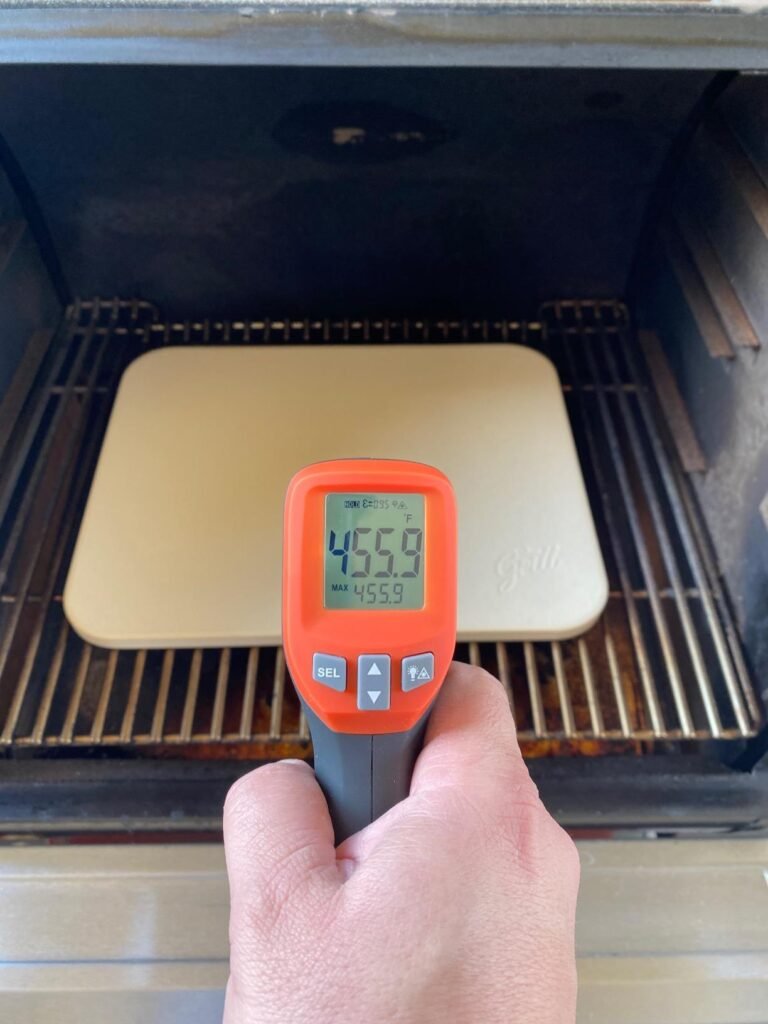
Types of Measuring and Timing Tools
- Measuring Cups and Spoons
- Description Instruments for precisely taking measurements of ingredients.
- Principal Features: Clearly marked measurements sturdy material, simple to wash.
- Kitchen Scale
- Description: A scale for measuring ingredients.
- The main features are: Digital display, TARE function, and precise measurements.
- Thermometer
- Description: A tool for monitoring the temperature of food items.
- Principal Features: Instant-read, accurate and easy to use.
- Timer
- Description: A tool for recording baking and cooking time.
- The most important features are: Loud alarm, easy to set up, and analog or digital choices.
- Oven Thermometer
- Description: A thermometer for measuring the accuracy of oven temperature.
- The most important features are: Easy to read sturdy, durable and accurate.
- Liquid Measuring Cup
- description: A cup for measuring ingredients in liquids.
- Principal Features: Clear markings, tough material, and simple to pour.
- Probe Thermometer
- Description: A thermometer with an instrument for evaluating internal temperatures.
- The most important features are: long probe, precise readings, and simple to use.
- Portion Control Scoop
- Description: A scoop for taking measurements of consistent portions.
- Principal Features: Durable, easy to use, and many sizes are available.
Using Measuring and Timing Tools Effectively
- Accurate Measurement: Follow recipe measurements carefully to get the best results.
- Software to Calibrate: Regularly calibrate thermometers and scales to ensure accuracy.
- Utilize Timers Create timers so that you prevent burning or overcooking food.
Safety Tips
- Use Thermometers Carefully: Avoid contact with hot surfaces while using thermometers.
- Store safely: Keep measuring tools well-organized in a way that is easily available.
- Clean thoroughly: Ensure all measuring and timing equipment is thoroughly cleaned after their use.
By equipping your kitchen with these 100 essential tools, you’ll be prepared to tackle any recipe with confidence and precision. Happy cooking!
FAQs About the 100 Best Kitchen Tools
- What’s the top cutting and chopping equipment at the table?
- Tools for cutting and chopping are crucial to have been a chef’s knife paring blade with serrated knife for bread Santoku knives boning knife the kitchen cleaver shears, and mandoline cuts.
- How do I keep my knives sharp?
- Make use of an edger stone to sharpen regularly and also an instrument to sharpen knives. sharpen your knives by using an iron honing tool to maintain the sharp edge.
- What is the most efficient way for storing knives securely?
- Make sure to keep knives in a set of knives with magnetic strips or drawers with an insert to ensure that they’re safe and easily accessible.
- What are the differences between hand mixers and stand mixers?
- Hand mixers tend to be stronger and can handle larger quantities and heavier doughs. On the other hand, the hand mixer is less bulky and can be used to complete tasks in a short time.
- What should I do to select the most effective Blender for my home kitchen?
- Consider the power that the motor has, the quality of it and also the size of the container is, as well as features like variable speeds.
- What type of mixing bowls do I need?
- There is a variety of sizes made from stainless steel or glass, with non-slip bases that ensure the stability.
- How do I eliminate mix equipment?
- Most dishes are dishwasher safe, but be sure to follow the guidelines provided by the maker. Wash the accessories by hand and ensure that they are dry prior to taking them out to store.
- Which baking tools are required for home bakers?
- The most essential baking tools comprises measuring cups, spoons, rolling pins and mixing bowls, baking sheets cooling racks, cake pans, cooling racks pastry cutters and pastry brushes.
- How can I make sure that measurements are precise when making cakes?
- Use accurate measuring spoons, cups and measure and a kitchen scale, to weigh your ingredients, especially in baking, where accuracy is crucial.
- Does it make the ideal material for a roller pin?
- The rolling pins constructed from stainless steel as well as wood and marble. Wood is the most popular option that can be used in many ways, while stainless steel is simple to clean. Marble is cool even during the pastry process.
- What’s the function for the rack that is that is essential to baking?
- The cooling rack allows air circulate across baked goods, keeping them from becoming too wet and ensuring that they are cool in a uniform manner.
- What’s the purpose of a spoon which is fitted?
- Slotted spoons may be utilized to drain fluids while serving food items like pasta, vegetable or other dishes that are fried.
- How do I safely use tongs while cooking?
- Tongs can be used to turn and hold food items to ensure that food is safe and avoid cutting into it. They are ideal for grilling and sauteing.
Microplane Zester: How will it serve?
- A microplane zester may be employed in zesting fruits of citrus, as well as for grating hard cheeses as well as to make fine mending of garlic and ginger.
- How do I make pasta?
- Create dough, rolling it on any of the rolling machines utilized by pasta makers for it to be smoothed out. then cutting it using the cutter attachments to make different pasta shapes.
- What are the benefits of using a mortar and pestle?
- Mortar and pestle are perfect for the grinding of herbs and spices to a desired texture. It gives more flavor than the pre-ground alternatives.
- What is it that makes mandoline slicers so useful?
- A mandoline slicer creates thin uniform slices of fruit and vegetables efficiently and quickly.
- What exactly is a food mill used to accomplish?
- Food mills are used to mix and filter food, making it ideal for sauces, soups, and baby food.
- How do I be sure to use the stove torch in a safe manner?
- Make sure you follow the instructions of the manufacturer, and stay at an appropriate distance from the device and operate it in a well-ventilated area to prevent sparks and burning.
- What should I do I look for on the pizza stone?
- Choose the pizza stone that is durable, heavy and made of high-end materials such as cordierite and ceramic to ensure uniform heating distribution.
- How do you organize your kitchen with tools to store things?
- Use containers to store food along with spice racks drawer organizers, knife blocks pantry bins and pot racks. Label makers will ensure your kitchen is clean and efficient.
- What are the benefits of having storage bags that can be reused?
- Bags that can be reused to store storage are eco-friendly, sturdy and long-lasting. They can be reused for storage of various food items.
- How do I keep my hygiene in order with the use of equipment for cleaning?
- Be sure to clean your sponges, brushes and other cleaning cloths. Make use of non-toxic cleaning solutions such as baking soda and vinegar, and maintain cleaning tools safely.
- What is the most effective method to wash a scale your home kitchen?
- Clean the scale with an aqueous cloth. Be careful not to keep the scale to submerge in water. Make certain to dry it out prior to storage.
- Which is the most efficient method to use the digital thermometer to cook?
- The probe should be placed in the fattest part of the food, but without touching the bone. After that, let the temperature increase until you get an accurate measurement.
- What factors should I consider when purchasing measuring cups and spoons?
- Be sure to search for clear measurement marks, as in addition to durable materials and designs that are easy to clean up.
- How do I find the best method to measure the temperature of an oven?
- Put the thermometer into the oven, then heat it to a set temperature, and then adjust the oven’s temperature setting according on the reading of your thermometer.
- The purpose of a timer? is vital in cooking and baking?
- A timer can ensure exact cooking and baking time, which helps avoid overcooking or undercooking food items.
- What can I do to keep my baking sheet in good form?
- Utilize parchment mats or silicon sheets to avoid sticking. Avoid using metal tools that may scratch and clean your hands as often as feasible.
- What’s the role of the scoop for portion control?
- An appetite control spoon can guarantee the same size portions. This is beneficial for cookies, muffins, and meatballs.
- How do I properly take good care of my stand mixer?
- Remove the accessories after use. Clean the body of the mixer and place it in an air-conditioned area to prevent any harm.
- What are the advantages of using a Food processing machine?
- The food processor can chop or slice ingredients quickly, thus making it easier to work with less effort and time in food preparation.
- What can I do to stop my cutting board from slipping off?
- Place a moist mat or towel with non-slip under the cutting board to ensure it is in place when you use it.
- What are the different kinds of spatulas, and what are their purposes?
- Different types include flat spatulas that are used to flip or drain spatulas, slotted spatulas, and rubber spatulas for mixing or scrape.
- What is the reason I require a kitchen ladle?
- A ladle is perfect for serving soups, stews and sauces. It guarantees the same portion and is easy to move from pots to bowls.
- What should I do to select the ideal dish rack that will accommodate my cooking space?
- Take a look at how much space and the number of pots and pans that you’ll need to store and the materials and design of the rack that will keep it in good shape and look.
- What can I do to discover the most effective method to wash Mandoline Slicer?
- Remove the slicer from its assembly and wash the parts by hand using soapy water and follow up with brushes to rid of food particles that have accumulated on of the slicer’s blades.
- What can I do to make use of a sifter in baking?
- The sifter should be filled with flour or powdered sugar and shake or turn the handle so that air can move around and get rid of lumps.
- What are the advantages of baking mats?
- Silicone mats aren’t sticky, they can be reused and offer uniform heat distribution making them ideal for baking cookies and cakes.
- What can I do to use a kitchen scale to bake?
- Set the scale with a bowl before tare it and then weigh the ingredients with weights to guarantee precise and reliable results.
- Why is there a motivation behind making the use of thermometers in animal meat?
- A meat thermometer can make sure that the meat is cooked to an internal temperature which is safe and secure to avoid food-borne illnesses.
- What is the most important thing to be looking for in the kitchen?
- Find durable, sharp blades with a comfortable grip, and is easily taken apart to clean.
- Which is the best way to pick the best Blender to use for the immersion?
- Consider the strength the engine is built with and the quality of the material that the blade is made from and whether it comes with attachments that can be flexible.
- What’s the purpose of an oven rack that cools when cooking?
- Cooling racks allows air circulate over baked goods, helping it possible to keep them cool and avoid sogginess.
- How do I effectively manage my pantry?
- Make use of transparent bins and shelf organizers and labels to make things easy and easily visible. Move older objects back to the center of the room so that you can make them more useful.
- What are the advantages of a digital timer in you home?
- digital timers have a precise design and are simple to read. They usually come with several settings for timers and alarms.
- What can I do to prevent my spices from losing their flavor?
- Keep your spice in cool, dark space, in airtight containers and away from heat and moisture.
- What can a scraper of dough do to make it helpful for making cakes?
- A dough scraper assists in cutting and portioning of dough. They also assist in cleaning surfaces and moving the chopped ingredients.
- How do I keep my cutting board that is constructed of the wood?
- The board needs to be oiled regularly using mineral oil that is food-grade. Wash it off with soap and water. don’t soak it in order to prevent cracking and warping.
- What are the benefits of an oven with has convection?
- Convection ovens move hot air to cook evenly. It reduces cooking time, and enhances the crisping and cooking process of food.
Related Article :
https://smarttoolbuddy.com/100-best-hand-tools
Latest Article :
https://smarttoolbuddy.com/a-guide-to-cleaning-your-gatorade-bottle

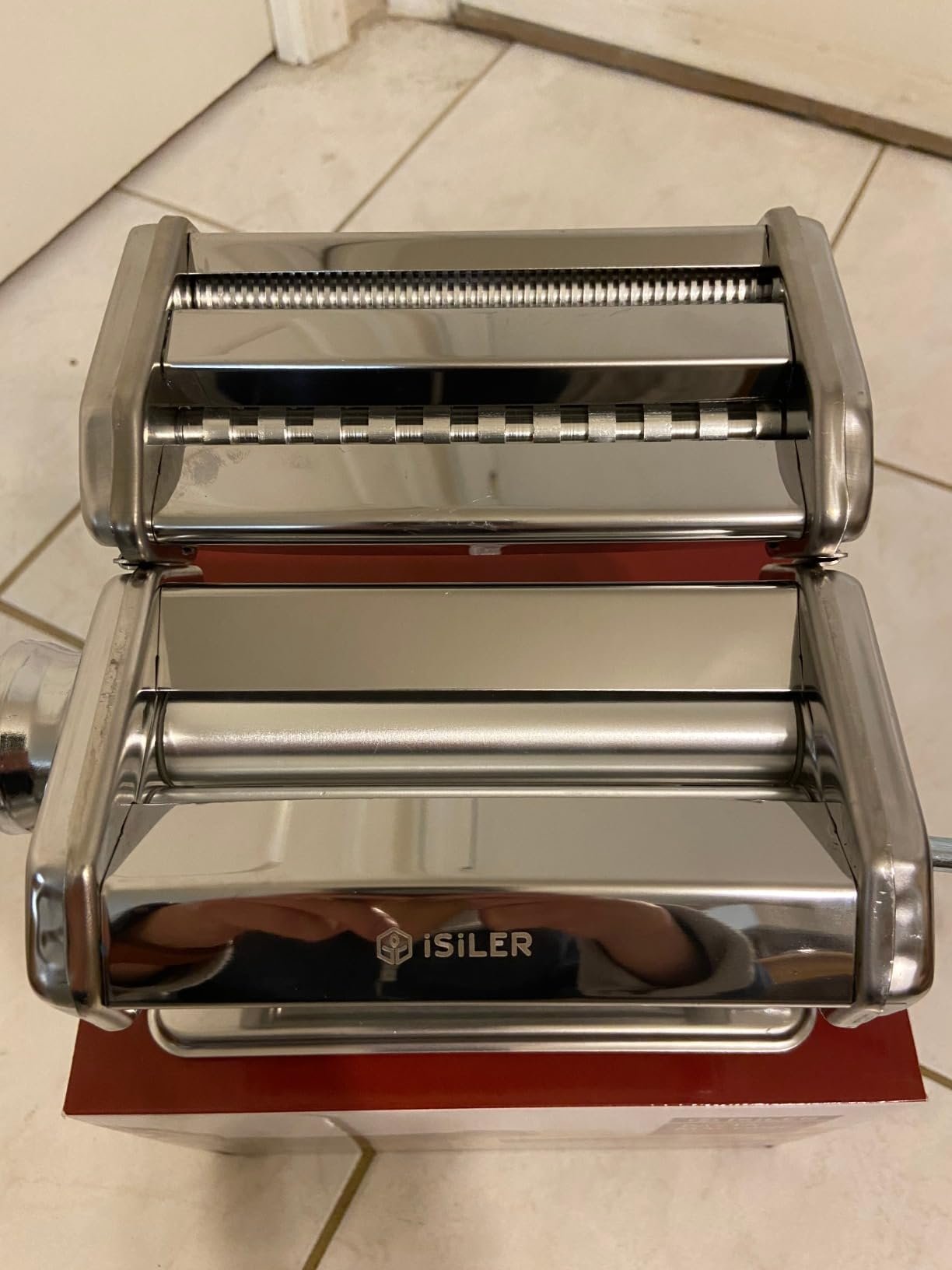
Related Blogs
The Top 10 Best Litter Box for Multiple Cats
5 Best Dry Cat Food for Indoor Cats 2024
Affordable Bluetooth Projector for Gaming: The Best in 2024
The Best Soundbar for Music and Movies for Home Threaters
Stay Powered Up: The Best Portable Charger for iPhone 15 in 2024
The iPhone 15 Pro Max New Features: Comprehensive Features
Liquid Screen Protector vs Tempered Glass: Which is better in 2024
What is a Monkey Wrench: Complete Details
Guide to Cleaning Your Gatorade Bottle The Proper Way
How To Sharpen Garden Hoe: Real Guide to the problem
How to Use a Tack Hammer Nail it Every Time
Easy Ways on How to Clean Garden Tools at Home
Changing a Garden Cart Tire: Expert Hacks That Will Save You from $200+ in Repairs
How to Whisk Eggs: Easy Manual Techniques
Garden Fork Vs Pitchfork: Deciding Which Tool Will Meet Your Garden Needs
Conquering the Greens: How to Rake Artificial Grass
How Deep To Plant Daffodil Bulbs? A Simple Guide
How to Pick the Best Shovel for Digging in 2024
The best time to power rake your lawn
Why Your Kitchen Isn’t Complete Without an Acacia Cutting Board
How to Replace Trimmer Line in Bump Feed: Step-by-Step Guide
Perfect Make Matcha Without Whisk: The Ultimate Guide
10 Ways to Remove Snow from Driveway Without a Shovel: Innovative Snow Removal
The Ultimate Guide: How Many Wheelbarrows of Sand Per Bag of Cement
Don’t Make This Silly Mistake with Your 5 Uses of Garden Fork
Is a Spade and a Shovel the Same? Discover the Differences Here
Transform Your Garden with Stunning Garden Stake Ideas You’ll Love
The Best Home Gym Equipment you can get in 2024
The Best Home Gym Setups for Small Spaces
Shoot Like a Pro: The Best iPhone Filmmaking Kit
Are Bone Conduction Headphones Safe?